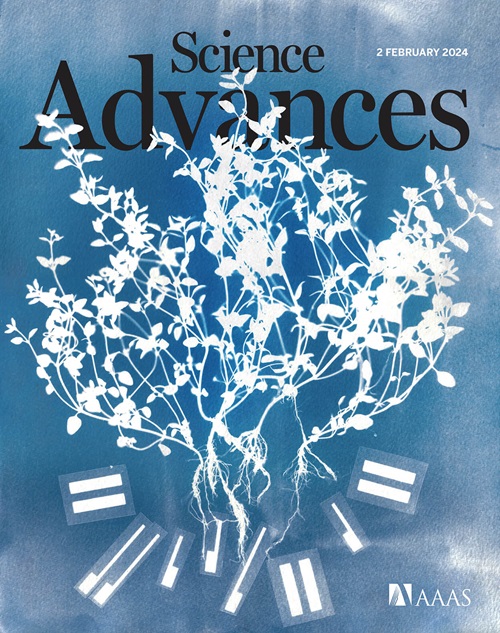Reelin marks cocaine-activated striatal neurons, promotes neuronal excitability, and regulates cocaine reward
IF 11.7
1区 综合性期刊
Q1 MULTIDISCIPLINARY SCIENCES
引用次数: 0
Abstract
Drugs of abuse activate defined neuronal populations in reward structures such as the nucleus accumbens (NAc), which promote the enduring synaptic, circuit, and behavioral consequences of drug exposure. While the molecular and cellular effects arising from experience with drugs like cocaine are increasingly well understood, mechanisms that dictate NAc neuronal recruitment remain unknown. Here, we leveraged unbiased single-nucleus transcriptional profiling and targeted in situ detection to identify Reln (encoding the secreted glycoprotein, Reelin) as a marker of cocaine-activated neuronal populations within the rat NAc. A CRISPR interference approach enabling selective Reln knockdown in the adult NAc altered expression of calcium signaling genes, promoted a transcriptional trajectory consistent with loss of cocaine sensitivity, and decreased MSN excitability. Behaviorally, Reln knockdown prevented cocaine locomotor sensitization, abolished cocaine place preference memory, and decreased cocaine self-administration behavior. These results identify Reelin as a critical mechanistic link between neuronal activation and cocaine-induced behavioral adaptations.

求助全文
约1分钟内获得全文
求助全文
来源期刊

Science Advances
综合性期刊-综合性期刊
CiteScore
21.40
自引率
1.50%
发文量
1937
审稿时长
29 weeks
期刊介绍:
Science Advances, an open-access journal by AAAS, publishes impactful research in diverse scientific areas. It aims for fair, fast, and expert peer review, providing freely accessible research to readers. Led by distinguished scientists, the journal supports AAAS's mission by extending Science magazine's capacity to identify and promote significant advances. Evolving digital publishing technologies play a crucial role in advancing AAAS's global mission for science communication and benefitting humankind.
 求助内容:
求助内容: 应助结果提醒方式:
应助结果提醒方式:


